Fascinating facts about Victorian Life that seem unbelievable today
The Victorian era, named after Queen Victoria who reigned from 1837 to 1901, was a time of great change and eccentricities. It was an age where tradition met innovation, and society was in the throes of transformation.
From bizarre beauty rituals to groundbreaking inventions, the Victorians were a curious blend of old-world charm and modern thinking. This article takes you on a whimsical journey through some of the quirkiest aspects of Victorian life, revealing the oddities and peculiarities of the time.
The Peculiar Practice of Mourning Photography
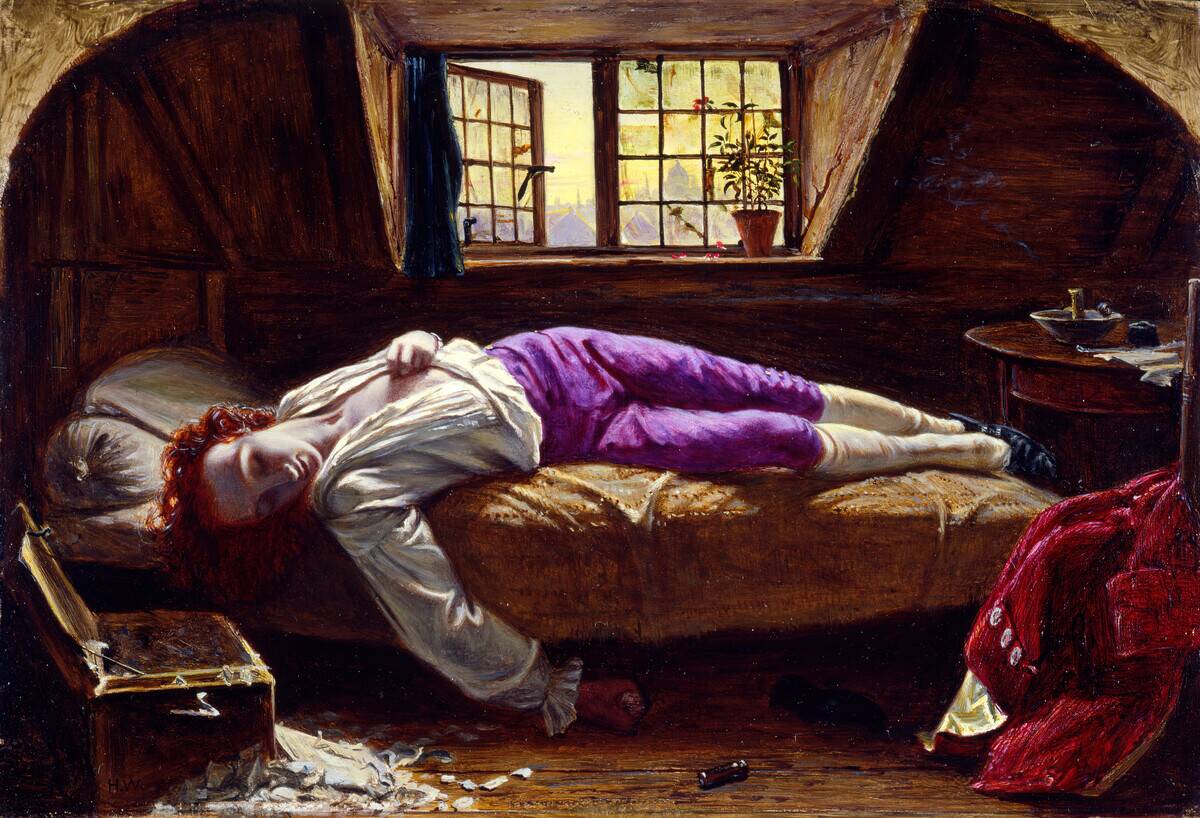
In the Victorian era, mourning photography was a common practice, where families would photograph deceased loved ones as a way to remember them. This macabre tradition stemmed from high mortality rates and the advent of photography, which was relatively new and expensive.
Most Victorian mourning photographs show the deceased lying peacefully, rarely even presented in a lifelike manner with painted-on eyes. Despite seeming morbid today, these images were cherished mementos for grieving families, capturing a final, lasting memory of their loved ones.
The Rise of the Penny Dreadful: Cheap Thrills for All
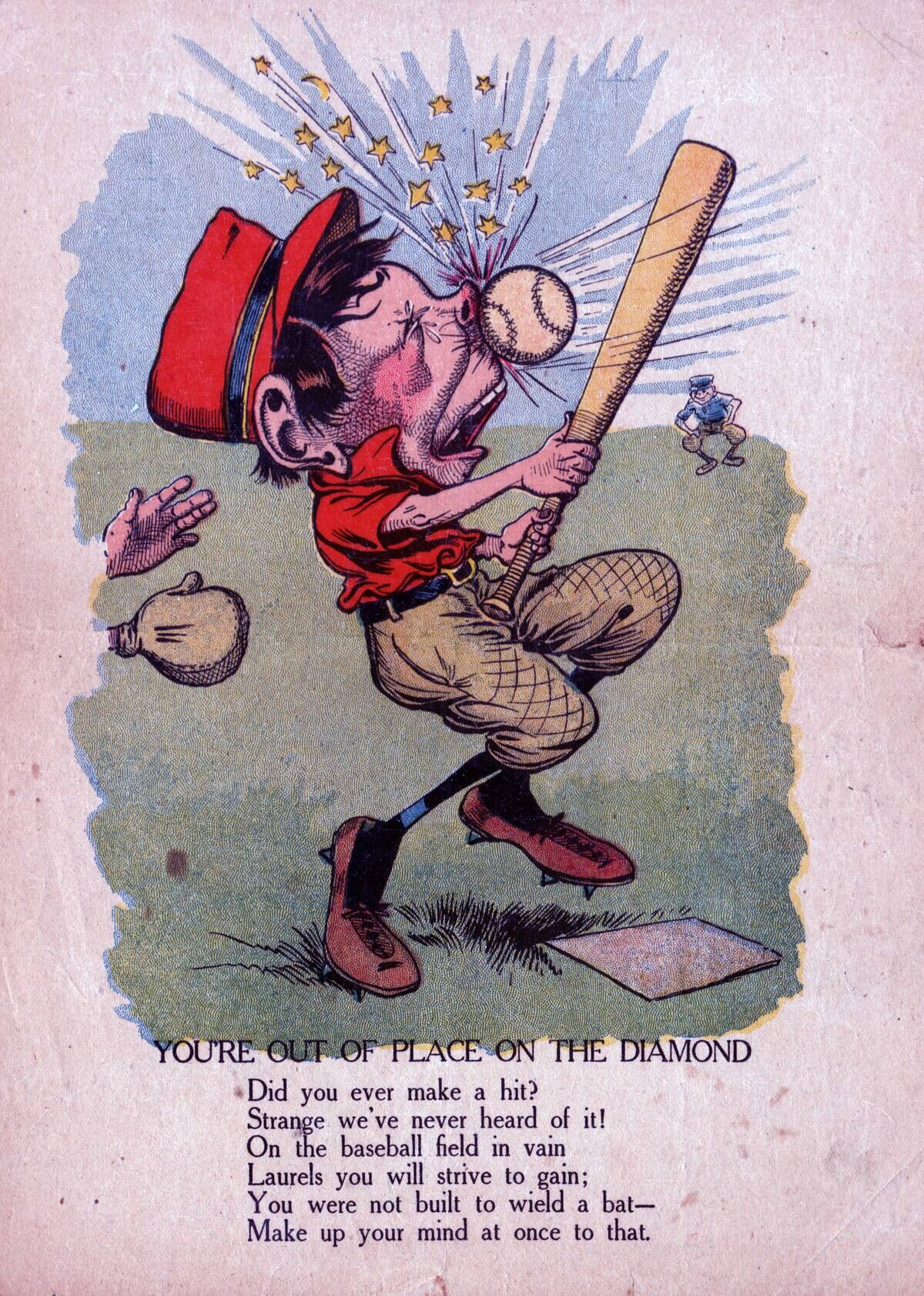
Penny dreadfuls were affordable serial publications that captivated the Victorian public with sensational tales of adventure, crime, and horror. Sold for just a penny, these stories were accessible to the masses, sparking a widespread reading craze.
Characters like Sweeney Todd and Varney the Vampire became cultural icons. While critics derided them for their lurid content, penny dreadfuls played a crucial role in popularizing literature among the working class, paving the way for modern pulp fiction.
Etiquette Rules: The Art of the Perfect Handshake
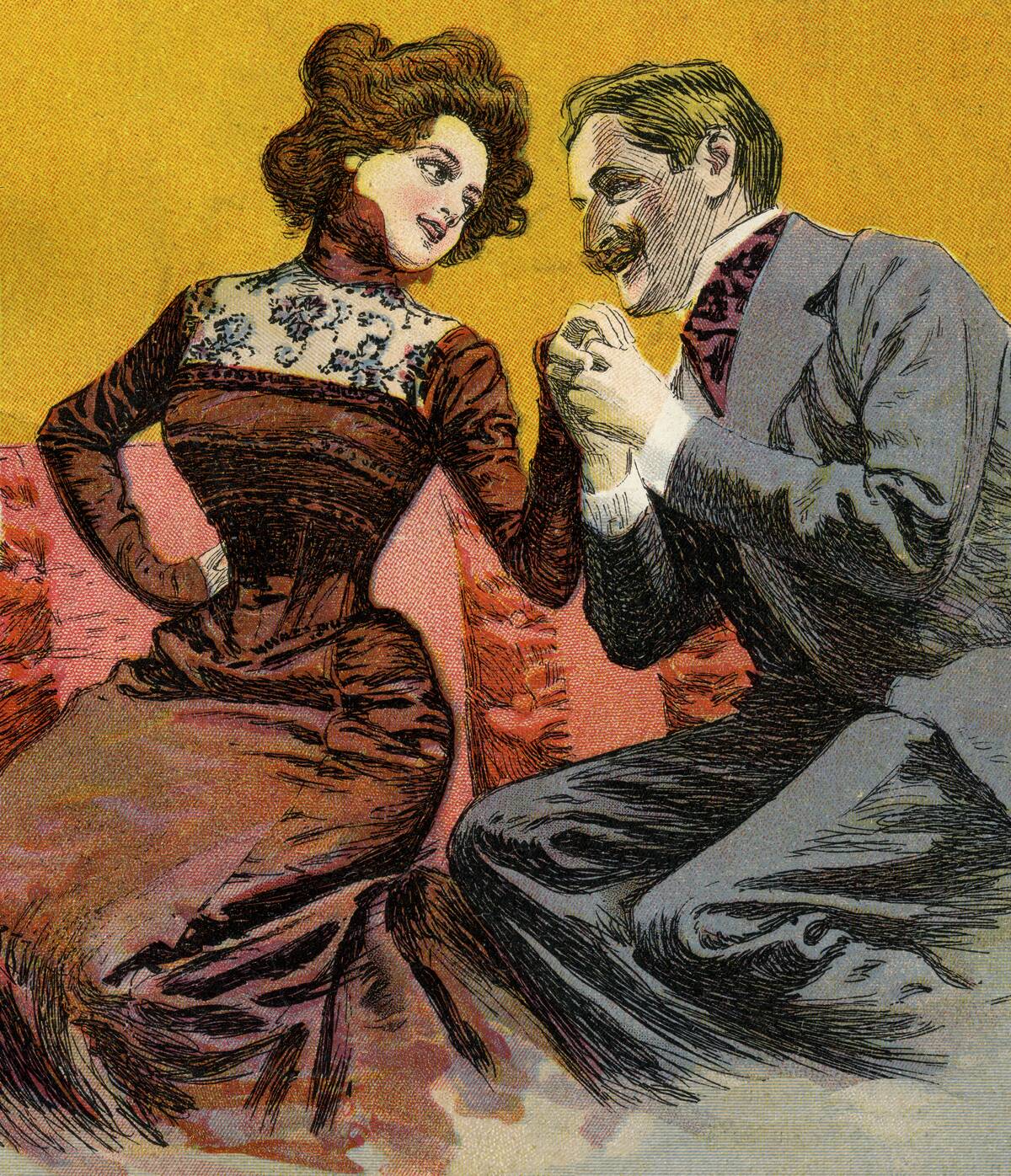
Victorian society placed great emphasis on etiquette, with handshakes being a critical component of social interactions. A proper handshake was firm enough to convey confidence but gentle enough to remain courteous.
Books and guides on etiquette often included detailed instructions on this art, emphasizing the importance of eye contact and a subtle, respectful grip. These gestures were seen as reflections of one’s character and upbringing, making them an essential skill for anyone navigating the social landscape.
Fashion Trends: Crinoline and the Danger of Voluminous Skirts
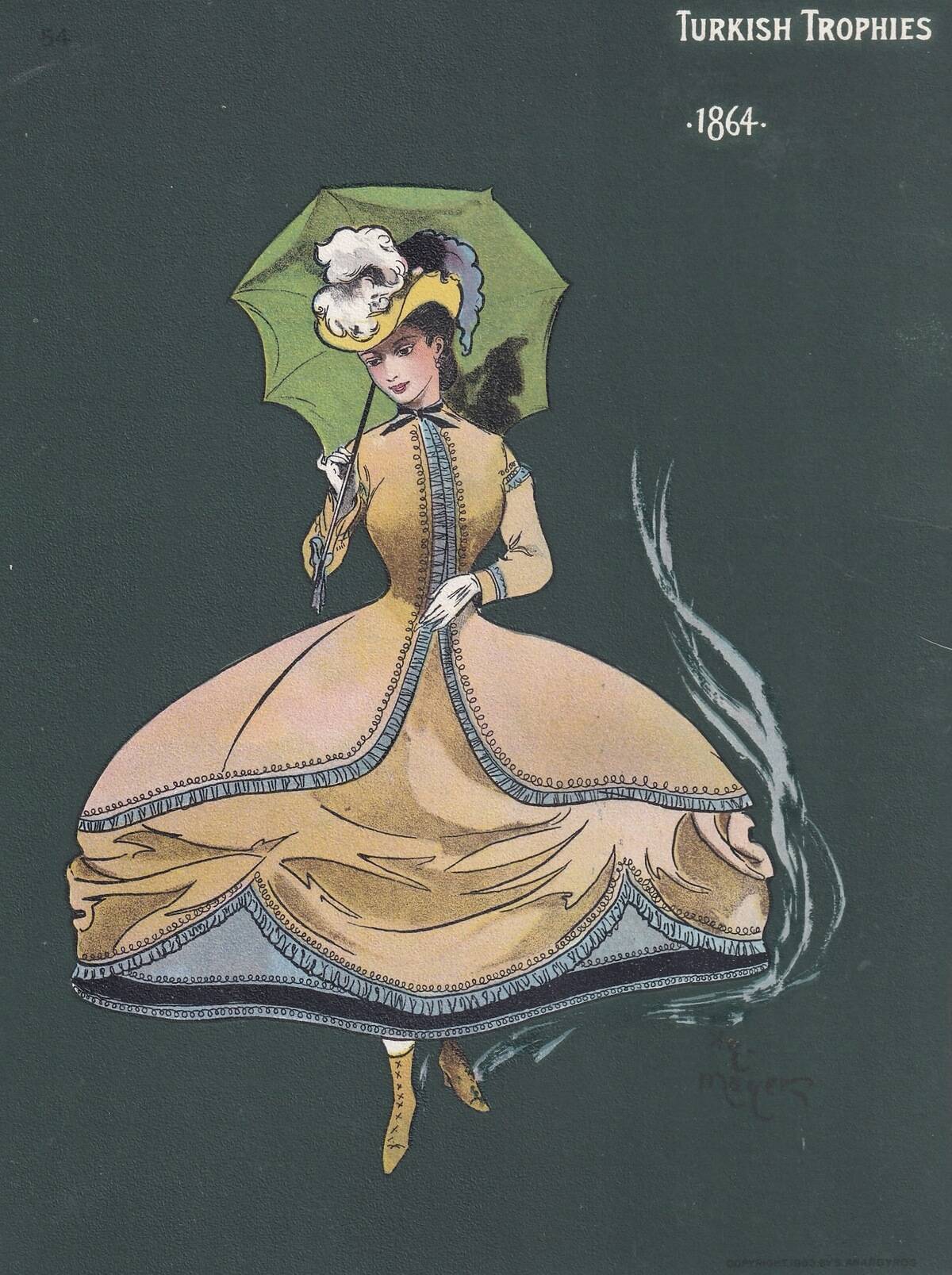
The crinoline was a fashion staple in the Victorian era, creating the iconic bell-shaped skirts that defined women’s fashion. Made of stiffened petticoats or hoop skirts, crinolines allowed for the dramatic silhouettes seen in period portraits.
However, their size posed significant risks, including catching fire or getting caught in carriage wheels. Despite these dangers, crinolines were immensely popular, symbolizing status and femininity. Their widespread use highlighted the complexities of fashion, balancing beauty with practicality.
The Surprising Origins of the Christmas Card Tradition

The tradition of sending Christmas cards began in the Victorian era, with the first commercial card produced in 1843 by Sir Henry Cole. Designed by artist John Callcott Horsley, it featured a festive scene of a family celebrating with a message of holiday cheer.
This innovation was driven by the advancement of the postal system and the growing popularity of Christmas as a major holiday. The cards quickly became a beloved custom, spreading warmth and goodwill during the festive season.
The Victorian Obsession with Taxidermy
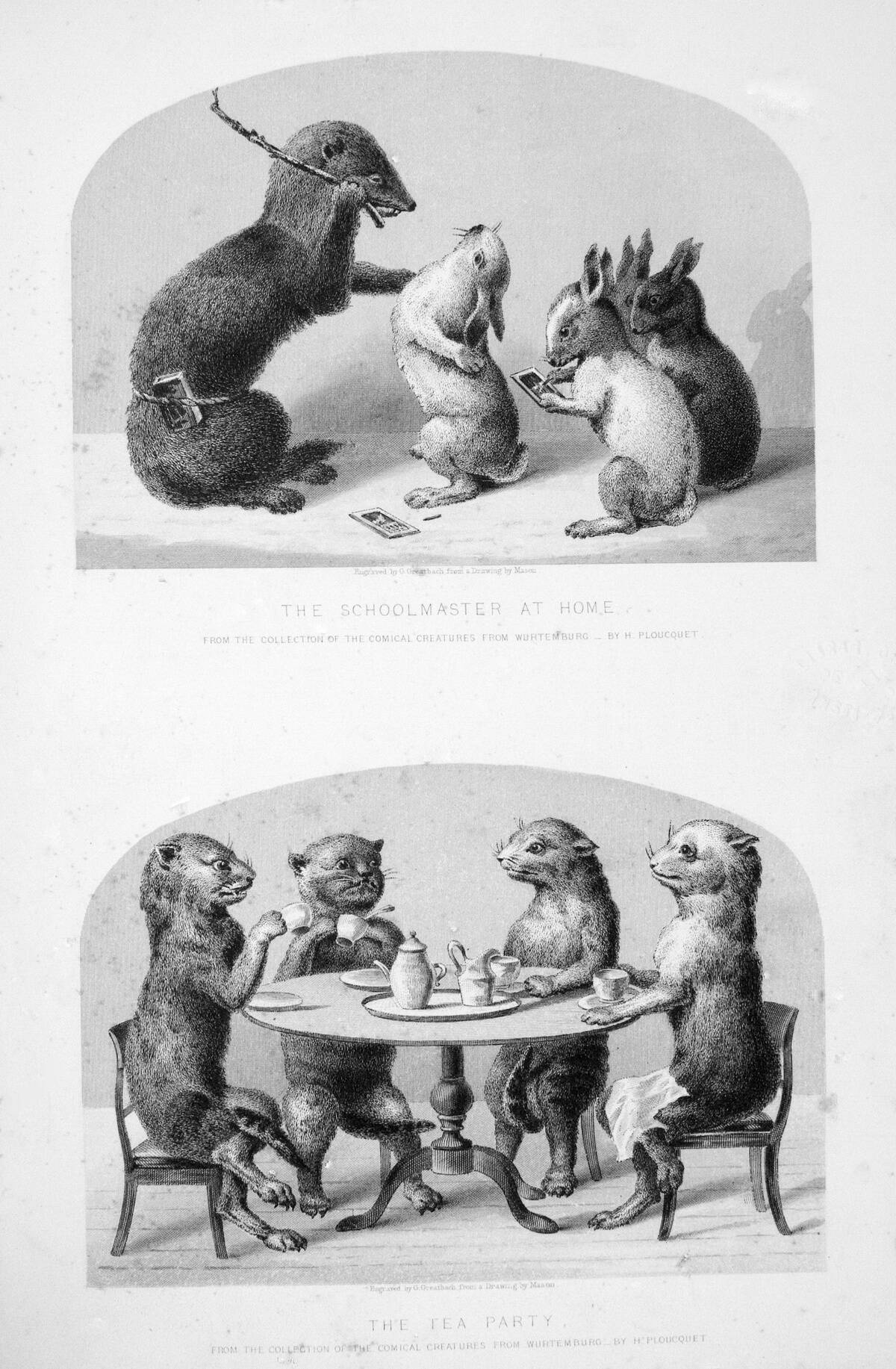
Victorians had a peculiar fascination with taxidermy, viewing it as both an art form and a scientific pursuit. Mounted animals were displayed in homes and museums, showcasing exotic wildlife and local fauna. This fascination was partly fueled by the era’s interest in natural history and exploration.
Taxidermy also found its way into bizarre creations like anthropomorphic displays, where animals were dressed and posed in human-like scenes. These quirky exhibits delighted and intrigued the public, reflecting the era’s curiosity.
Unusual Medical Practices: The Era of Strange Cures
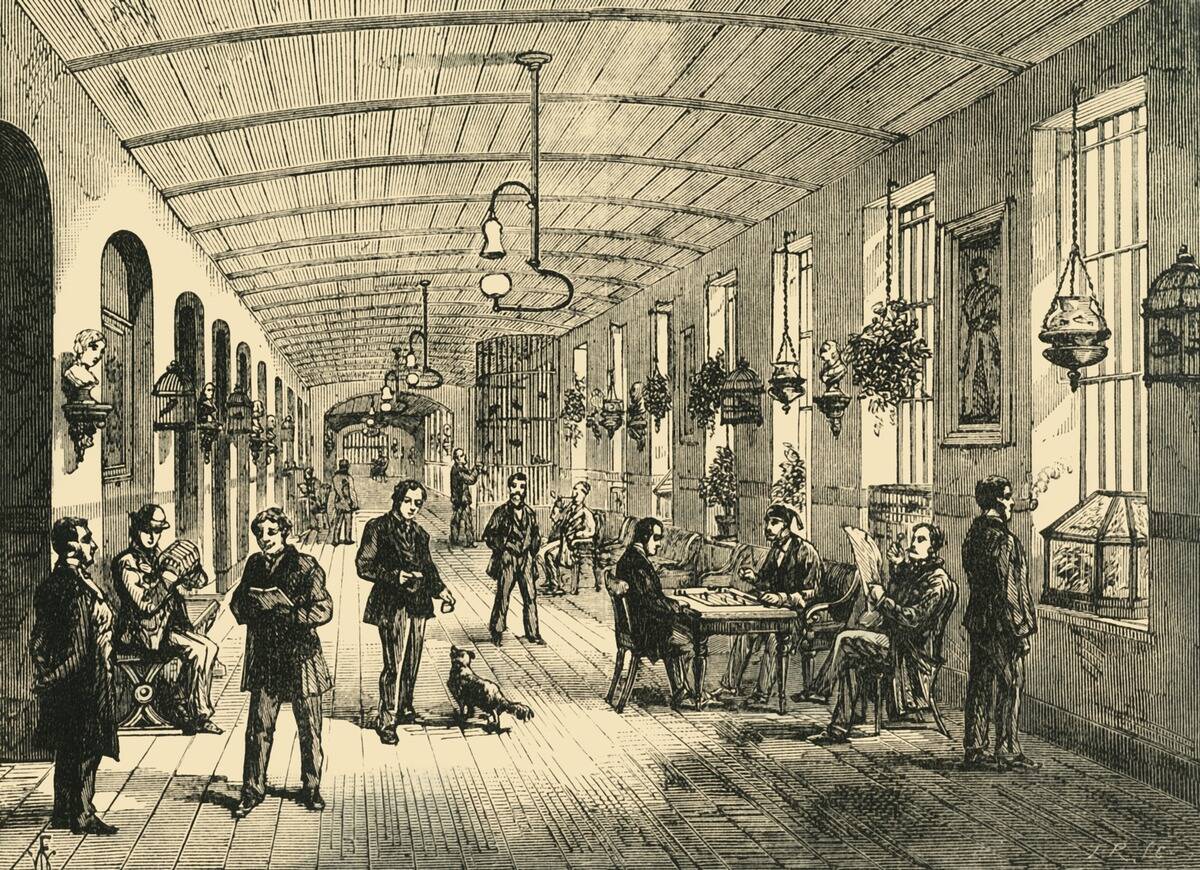
Victorian medicine was a curious mix of scientific progress and dubious remedies. Practices like bloodletting and leeching were common, believed to balance bodily humors. Other strange cures included the use of mercury and arsenic, often causing more harm than good.
Despite these peculiar treatments, the era saw significant advancements, including the development of anesthesia and antiseptic surgery. The juxtaposition of innovation and outdated practices highlighted the transitional nature of medicine during this time.
The Advent of Public Toilets: A Revolution in Hygiene
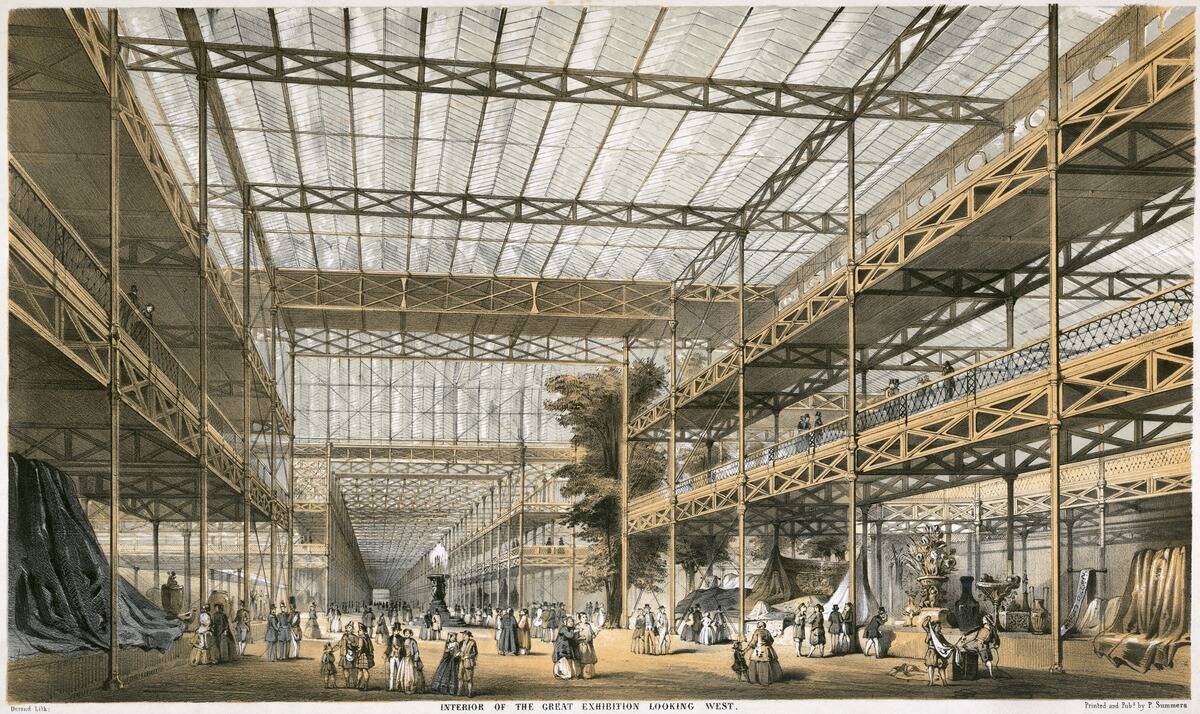
The introduction of public toilets in the Victorian era marked a hygienic revolution, transforming urban sanitation. The first public toilet, or “public convenience,” opened in London in 1851, coinciding with the Great Exhibition. These facilities addressed the growing concern for public health amid rapidly expanding cities.
Initially, they were a novelty, with attendants ensuring cleanliness and charging a small fee for use. Public toilets significantly improved the quality of urban life, setting standards for modern sanitation practices.
Animal Entertainment: From Rat-Baiting to Cat Shows
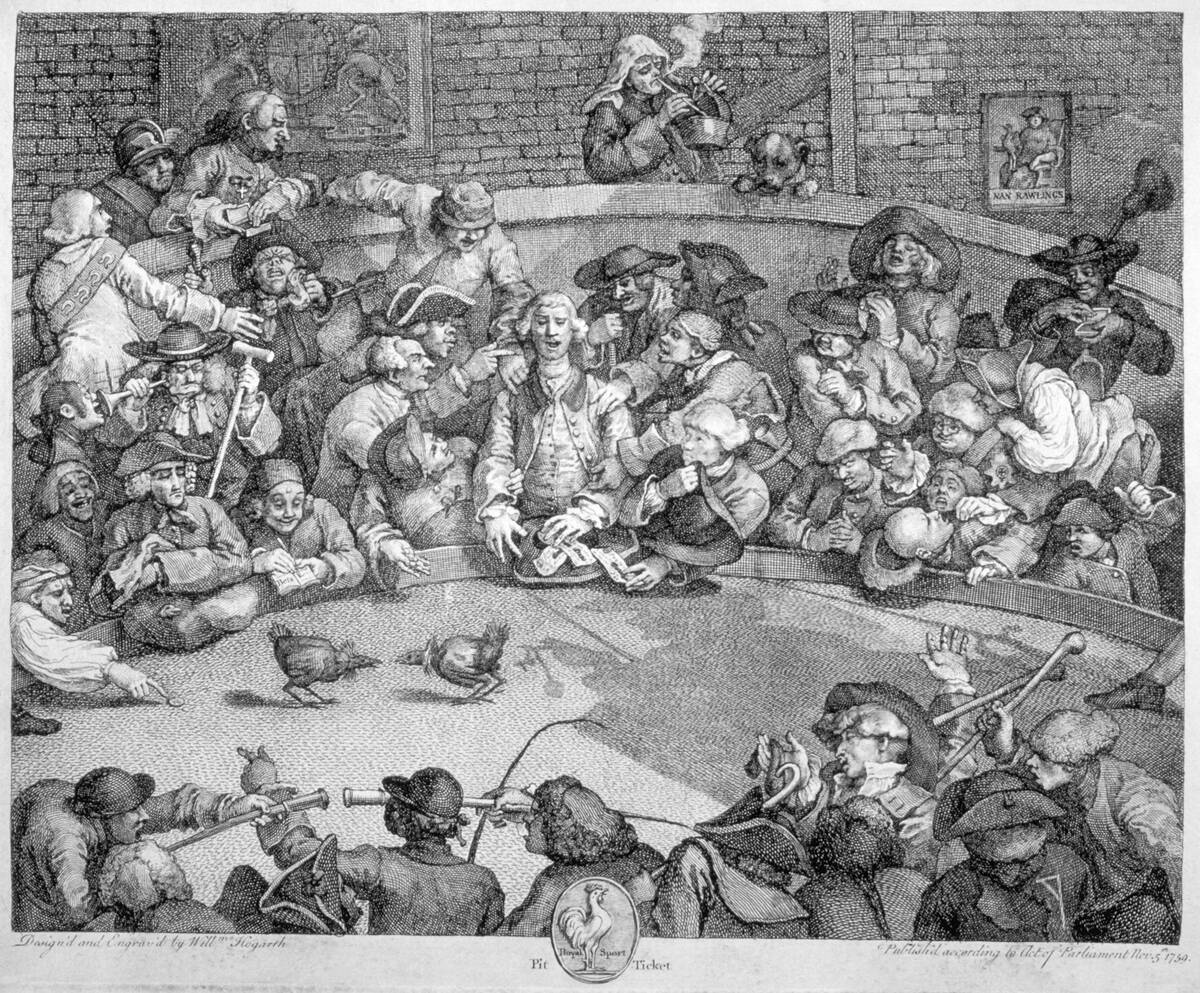
Animal entertainment was a popular pastime in the Victorian era, ranging from cruel spectacles to more benign showcases. Rat-baiting, where dogs competed to kill the most rats in a set time, was a common sport.
Conversely, cat shows, like the one organized by Harrison Weir in 1871 at the Crystal Palace, celebrated feline beauty and diversity. These events reflected changing attitudes towards animals, as society began to recognize their welfare, eventually leading to the decline of blood sports.
The Love of Gadgets: Ingenious Inventions of the Time

The Victorian era was a golden age for inventors, with a plethora of gadgets that captured the public’s imagination. From the first practical typewriter to the sewing machine, these innovations transformed daily life. One of the most famous inventions was Alexander Graham Bell’s telephone, revolutionizing communication.
The period also saw quirky contraptions like the mechanical egg beater and the zoetrope, an early animation device. Victorians embraced these gadgets, marveling at their potential to reshape the world.
The Phenomenon of Spiritualism: Seances and Ghostly Encounters
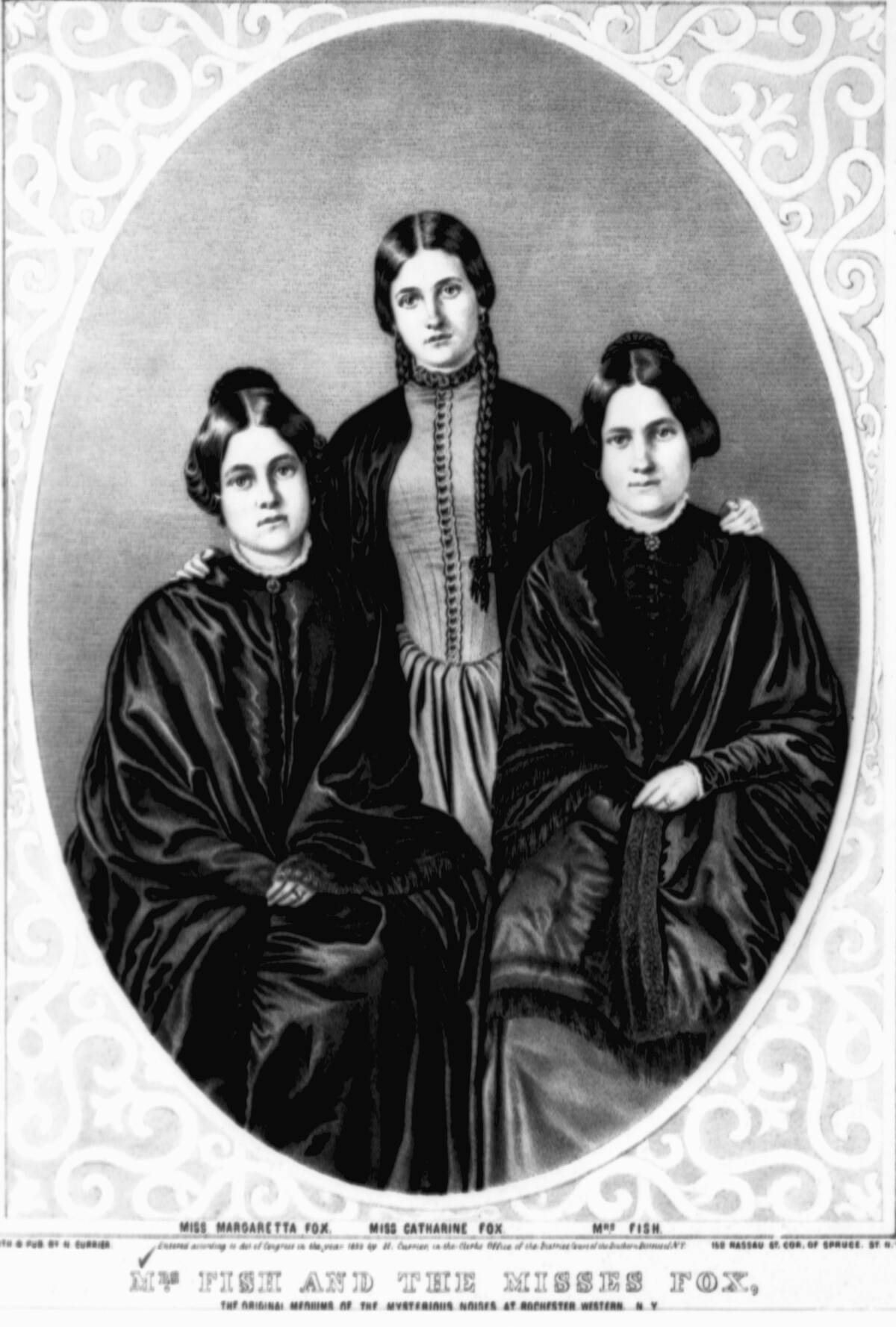
Spiritualism captivated the Victorian public, with seances becoming fashionable gatherings where people attempted to communicate with the dead. Figures like the Fox Sisters claimed to channel spirits, sparking widespread interest and skepticism. The movement gained momentum as it aligned with the era’s fascination with the afterlife and scientific exploration.
Despite controversies and debunking efforts, spiritualism persisted, influencing literature and art. It reflected the Victorians’ quest for understanding the unknown and their desire for connection beyond the physical world.
Child Labour: The Harsh Realities of Victorian Childhood
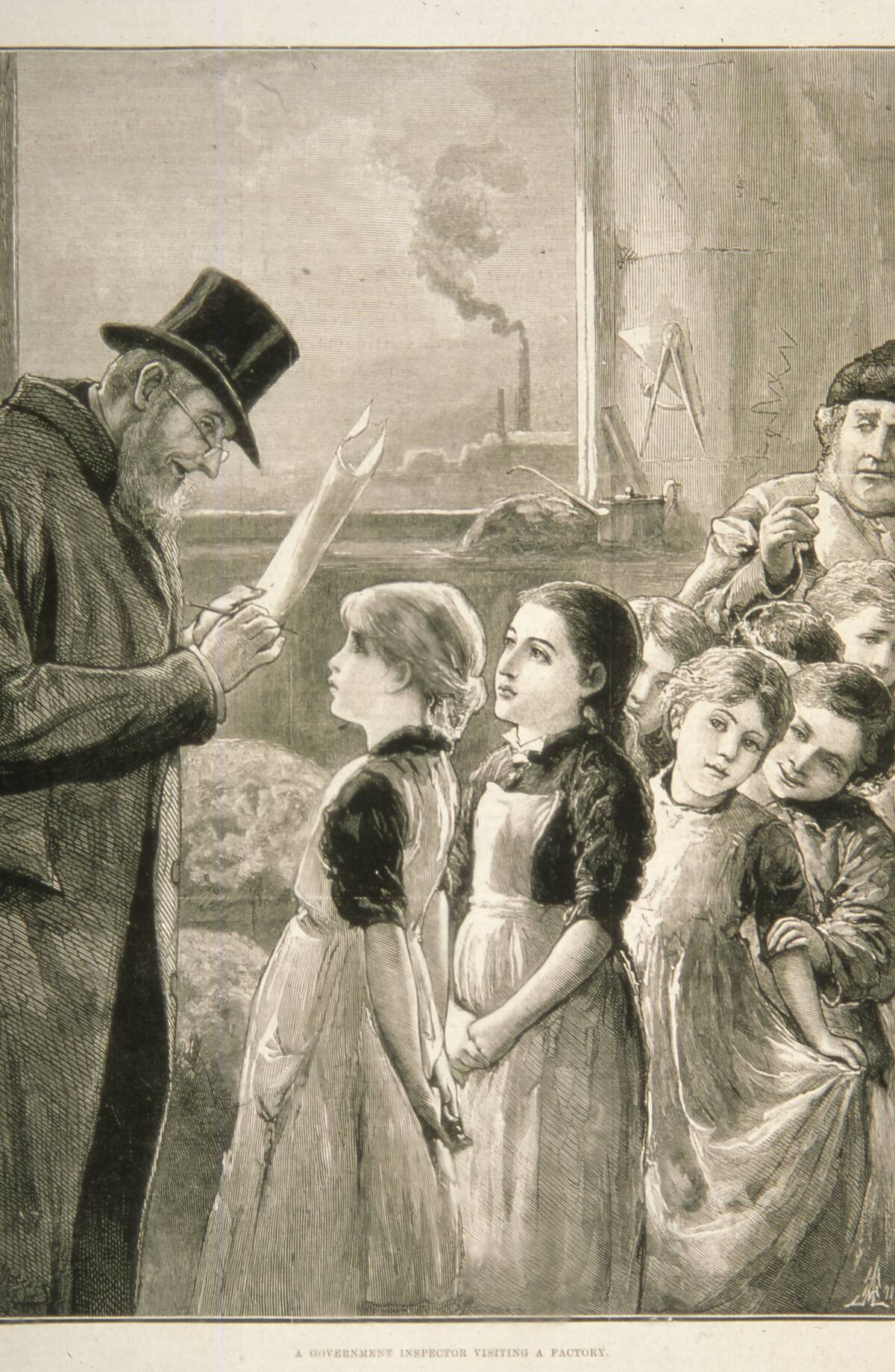
Child labour was a grim reality in Victorian England, with many children working long hours in factories, mines, and as chimney sweeps. Driven by industrialization and economic necessity, these young workers endured harsh conditions for meager wages.
Reforms gradually improved their plight, with acts like the Factory Act of 1833 limiting working hours for children. Social reformers like Charles Dickens highlighted these issues in their works, raising public awareness and eventually leading to changes that protected children from exploitation.
The Art of Floriography: Secret Messages in Flowers
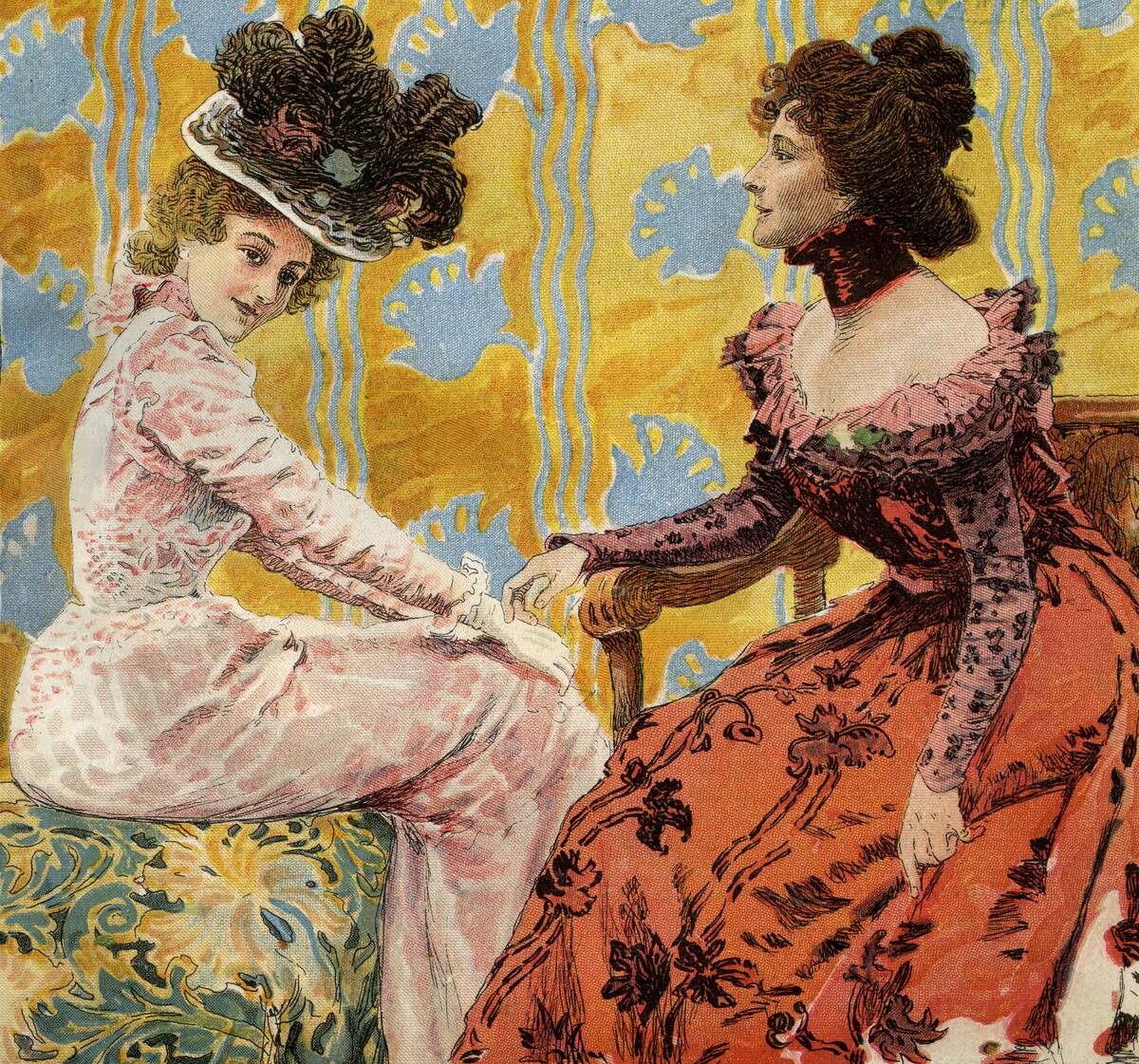
Floriography, the language of flowers, was a popular way for Victorians to express emotions and convey messages subtly. Each flower had a specific meaning, allowing people to communicate sentiments like love, friendship, or apology without words.
Bouquets were carefully constructed to convey these coded messages, adding an element of intrigue to social interactions. Books and guides detailed the meanings of various flowers, turning floriography into an art form that captured the era’s romantic and secretive spirit.
Unbelievable Beauty Rituals: Arsenic and Lead in Cosmetics

Victorian beauty rituals often involved hazardous substances, with women using cosmetics containing arsenic and lead to achieve a pale complexion. These ingredients were believed to enhance beauty but posed serious health risks, including poisoning and skin damage.
Despite these dangers, the desire for a fashionable appearance drove many to use such products. As awareness of these risks grew, safer alternatives were developed, gradually replacing these toxic concoctions and marking the beginning of modern cosmetic safety standards.
The Popularity of Sea Bathing and Bathing Machines
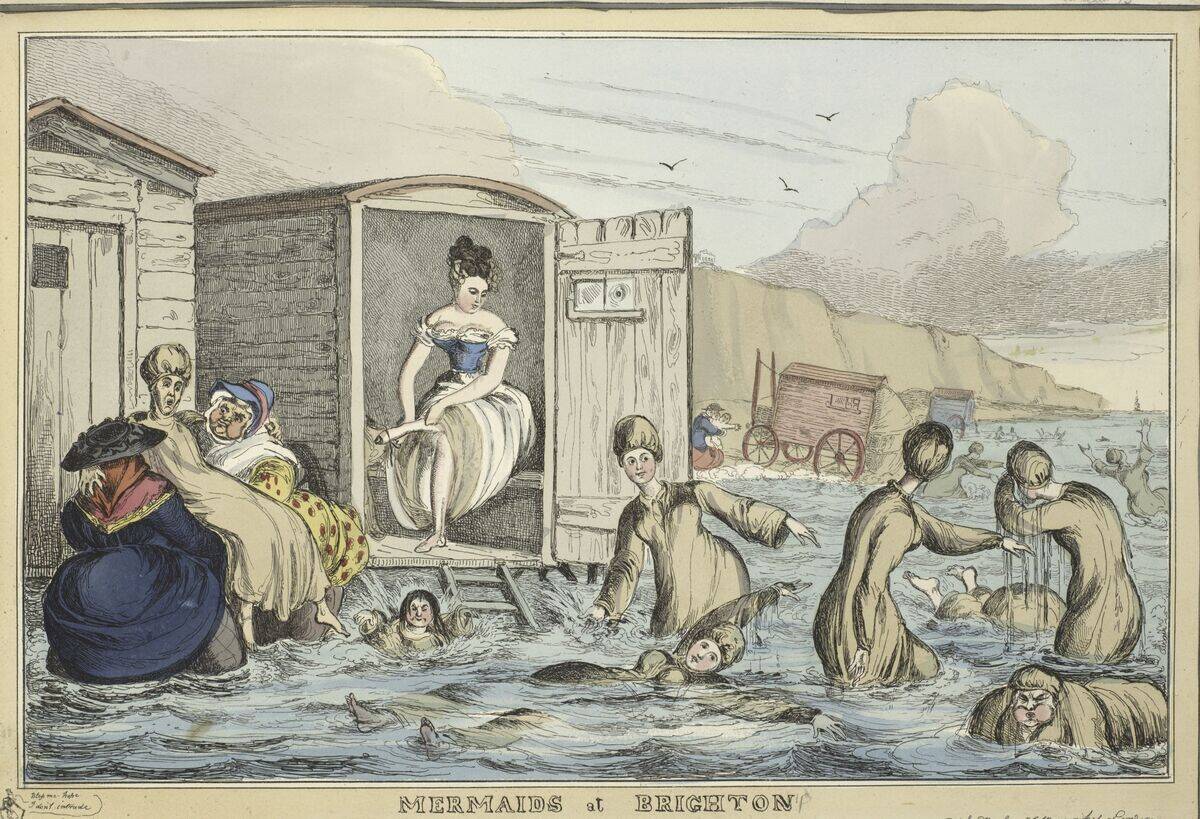
Sea bathing became a health craze in the Victorian era, praised for its therapeutic benefits. Bathing machines, wooden carts that allowed bathers to change and enter the water discreetly, were a common sight at beaches. These contraptions ensured modesty, aligning with the era’s strict social norms.
Resorts like Brighton flourished as holiday destinations, attracting visitors eager to partake in this invigorating activity. Sea bathing’s popularity highlighted the Victorians’ growing interest in leisure and healthful pursuits.
The Growth of the Railway: Transforming Travel and Leisure

The expansion of the railway network revolutionized travel in the Victorian era, making it faster and more accessible. Railways connected cities and towns, facilitating commerce and communication. They also transformed leisure, allowing people to visit seaside resorts and countryside retreats with ease.
The advent of rail travel democratized tourism, as working-class families could afford day trips. This newfound mobility reshaped society, fostering economic growth and cultural exchange, while paving the way for the modern travel industry.



